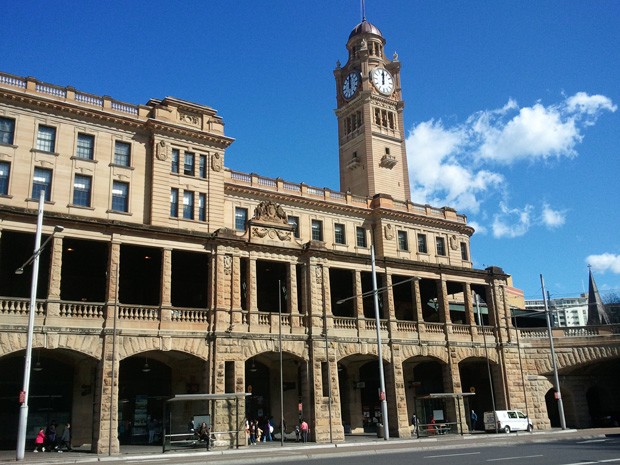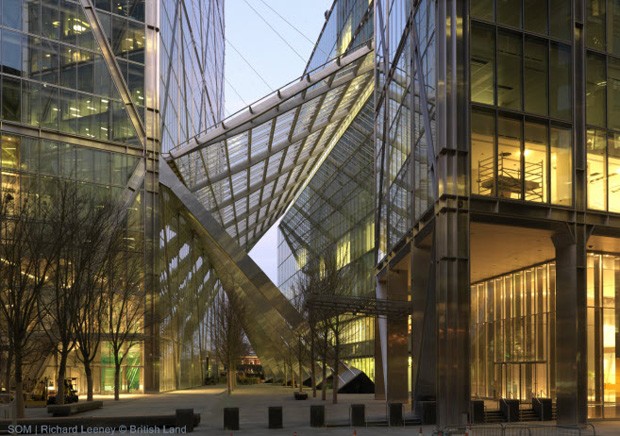American architecture and engineering firm Skidmore, Owings & Merrill has its eye on developing Sydney’s main railway line corridor, and it is not the only one.
Following the NSW government’s announcement to develop the ‘dead space’ between Sydney’s CBD and Macdonaldtown train station, several international companies have contacted the government to discuss the concept of the plans.
Skidmore, Owings & Merrill, which designed Dubai’s Burj Khalifa – the world’s tallest building – has said that it was interested in “potentially pursuing the project”.
Former federal Liberal MP Ross Cameron has also flagged a bid, after his plan to have at least 150 skyscrapers prefabricated in China erected from Central Station to Strathfield was rejected last year.

Image: weekendnotes.com
The NSW government has compared the rail corridor plan to La Grande Arche in Paris, Transbay terminal in San Francisco, New York's Manhattan West project, and central London’s Broadgate Tower – a 165 metre high office block suspended over rail lines at Liverpool Street Station.
Broadgate was designed by Skidmore, Owings & Merrill, who notes that the London project encountered a number of challenges likely to arise in Sydney.
According to Skidmore, Owings & Merrill's Broadgate managing partner, Jeffrey McCarthy, this includes having to prevent train vibrations from travelling to the buildings above through "base isolation". This method is used to protect buildings from earthquakes, but can substantially add to a project's cost.
Moreover, at Broadgate, the construction of columns at track level had to be co-ordinated with seven different rail companies while maintaining train services. Buildings and public spaces built above the tracks must also be carefully integrated with the city below.
But marketing manager Jayme Gately believes that the firm would be able to bring a highly applicable expertise to the table.
“We certainly understand the strategic approach and the necessary public process for a project such as this," says Gately.

Image: SOM
The highly complex construction task has prompted industry forecasts that buildings of record heights – perhaps up to 90 storeys – may be required to cover developer costs, and that these must be pushed through despite community opposition.
Government development agency UrbanGrowth NSW will begin talks with Australian firms this month, followed by discussions with international developers.

